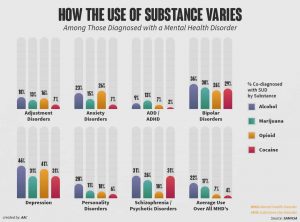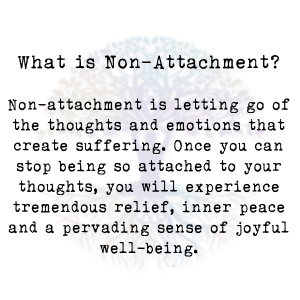Self harm is an attempt to get instant relief from emotional pain without suicidal intentions. Self harm usually starts at age 14 but it can start at a younger age. The most common type of self harm is cutting oneself. But self harm also includes consuming toxic amounts of alcohol or drugs, burning or scratching oneself, or engaging in dangerous stunt sports. What should you do when someone self harms?
Stay calm.
Don’t panic or freak out. It’s a tough thing to do but it keeps communication lines open. Over reacting will only increases the emotional distress of your friend or child who is self harming, possibly leading to more.
You also need personal time to digest everything you have heard or realized is happening. Jumping to snap conclusions, or reacting poorly might be natural but you have to do that in another space.
Take the problem seriously.
Don’t deny the problem. Self harm is not about attention-seeking, being too emotional, or growing pains. Self harm is a real problem. Cutting, scratching, and burning oneself is what you can see of the emotional pain being suffered. That despair and pain could be created from bullying, abuse, or trauma.
Self harm is not just a girl thing. Boys also self harm. Nor is there an age limit.
Ask yourself if you are part of the emotional problem.
Take a serious and honest look at your relationship with the person. Are you partly to blame for the person’s emotional distress? Do you let someone bully the person? Did you notice abuse and not do anything? Do you gossip about your friend? Gossip leads to bullying, lose of friendships, isolation, and low self-esteem.
Having looked at your relationship, make a real effort to change how you treat the person. If you have no hand in causing the emotional distress, don’t pretend you do. That just takes healing energy away from the situation.
Know your limits.
You can’t solve every problem. You can’t always give good advice. Don’t be afraid to ask for help either for the person or yourself. Encourage your friend to seek help from a parent, teacher, or medical professional.
Tell someone immediately if your friend mentions suicide. Self-harm isn’t suicidal by itself but the pain and despair can lead to suicidal thoughts.
Trust the person.
Hiding sharp objects won’t stop self harm. The person will simply self harm in a more secret space or in a different way.
The person is still at heart the same person you knew before you found out about the self harming. Self harm is just a reaction to emotional stress. You’ll need to balance the instinct to monitor or trust the person.
Treatment is a long process. Treatment includes medication, but it also involves emotional therapy which takes a long time, usually years. Relapses happen during and after therapy. It’s important to continue your non-judgmental support.
There are many terrific websites and forums dealing with self harm. One is LifeSIGNS – Self-Injury Guidance & Network Support. It’s a UK organization with easy to use information sheets for anyone dealing with self harm. For information or assistance, contact Mental Health America or S.A.F.E. Alternatives
Find me on Twitter @tereziafarkas


